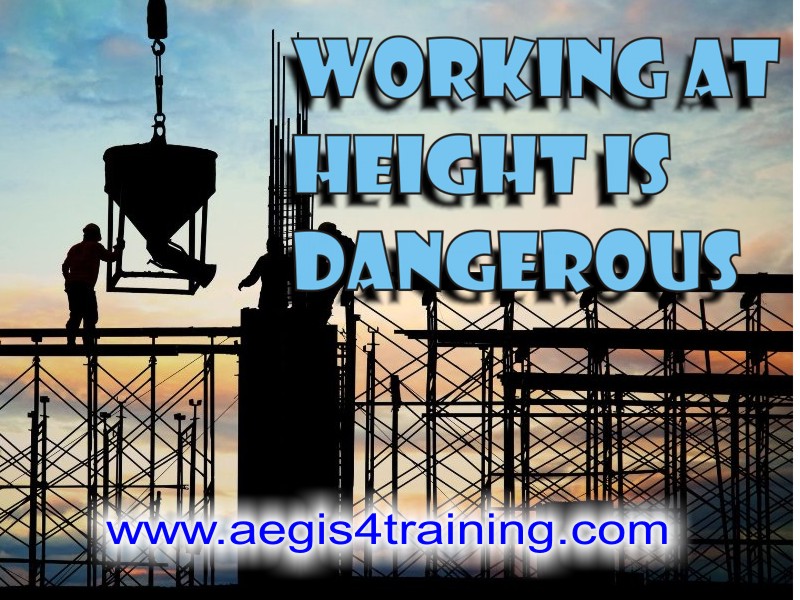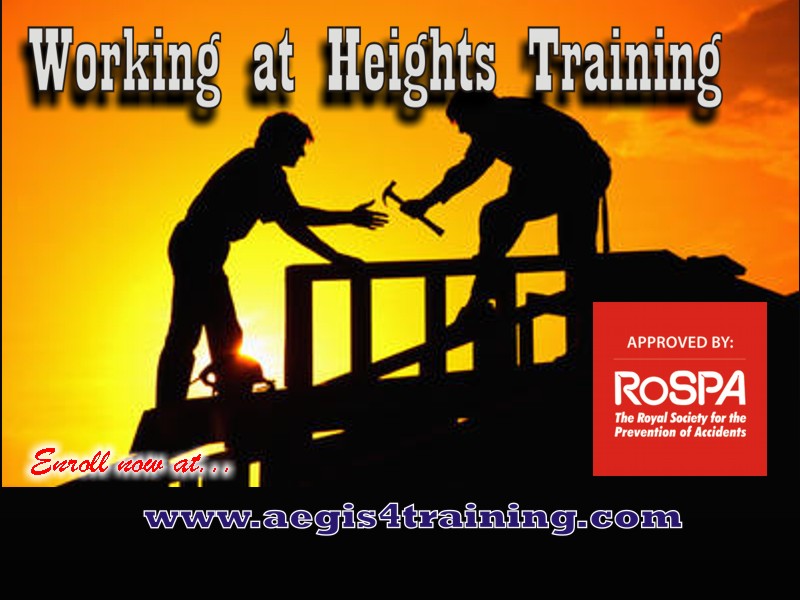Working at height is dangerous and remains one of the biggest causes of fatalities and major injuries. Common cases include falls from ladders and through fragile surfaces. ‘Work at height’ means work in any place where, if there were no precautions in place, a person could fall a distance liable to cause personal injury (for example a fall through a fragile roof).
According to HSE inspectors, more enforcement action is taken to tackle dangerous work at height than any other risk. One in every 12 recordable injuries in Britain’s workplaces are as a result of a fall. Low and high falls kill and seriously injure hundreds of people and account for around 700,000 working days being lost each year. Time and again inspectors see people working on roofs or scaffolding without appropriate safeguards, such as edge protection, fall prevention equipment or harnesses. Falls from height have long been the most common cause of workplace fatalities.
A worker must make sure work is properly planned for safety, supervised and carried out by competent people with the skills, knowledge and experience to do the job. You must use the right type of equipment for working at height.
Take a sensible approach when considering precautions. Low-risk, relatively straightforward tasks will require less effort when it comes to planning and there may be some low-risk situations where common sense tells you no particular precautions are necessary.
How to apply Control measures. First assess the risks. Factors to weigh up include the height of the task, the duration and frequency, and the condition of the surface being worked on.
Before working at height work through these simple steps:
- avoid work at height where it’s reasonably practicable to do so
- where work at height cannot be easily avoided, prevent falls using either an existing place of work that is already safe or the right type of equipment
- minimise the distance and consequences of a fall, by using the right type of equipment where the risk cannot be eliminated
Always consider measures that protect everyone at risk before measures that only protect the individual.
Dos and don’ts of working at height
Do….
- provide protection from falling objects
- ensure workers can get safely to and from where they work at height
- take precautions when working on or near fragile surfaces.
- as much work as possible from the ground
- ensure equipment is suitable, stable and strong enough for the job, maintained and checked regularly
- consider emergency evacuation and rescue procedures
Â
Â
Don’t…
- rest a ladder against weak upper surfaces, eg glazing or plastic gutters
- overreach on ladders or stepladders
- let anyone who is not competent (who doesn’t have the skills, knowledge and experience to do the job) work at height.
- overload ladders – consider the equipment or materials workers are carrying before working at height. Check the pictogram or label on the ladder for information
- use ladders or stepladders for strenuous or heavy tasks, only use them for light work of short duration (a maximum of 30 minutes at a time)
If every employer and employee work hand in hand to be trained for the safety of the individual worker then risk can be avoided or minimised.



